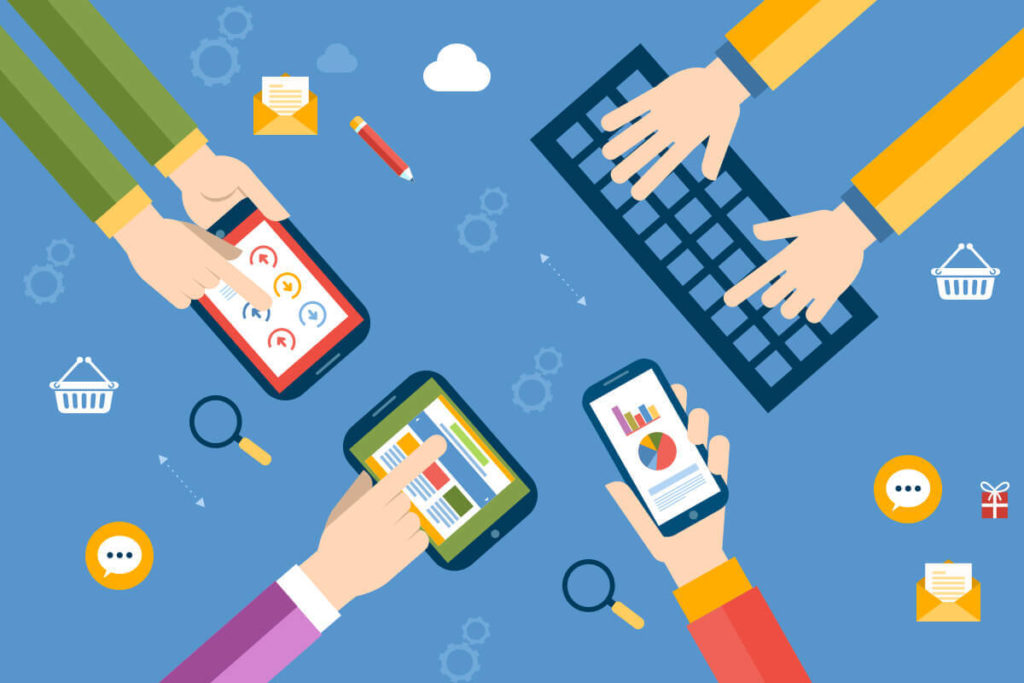Designing and launching an app is no easy feat, especially when you consider the fact that you have to launch two different apps—one for iOS and one for Android.
Although you may be tempted to choose just one, it is extremely important that you release an app on both platforms. Android dominates the market share at 80 percent, which allows your app to reach a wider audience. But, iOS generates 85 percent more revenue than Android, which means you can make more money on your app.
Once you’ve decided to tackle both, you’ll discover you consider a few myths to be true, which can really get in the way of creating a responsive design.
Here are a few myths, that once busted, will help you create the best app on each platform.
If You Can Build an App on One, You Can Build an App on the Other
App building sounds the same on the surface. After all, the iPhone and Android devices are cell phones. If you can build an app on one, you should be able to build an app very easily on the other.
Nothing could be further from the truth.
Both of these platforms use completely different coding languages. Android uses Java, which requires a lot of code to be written in order to create the app.
iOS, in contrast, utilizes Swift. This new platform was released in 2014. It requires less code, which means apps can appear much more quickly on the market.
In the future, Google may make coding easier for Android devices, but it will still use a different coding language, most likely called Kotlin.
Android Apps Are a Lot Less Sophisticated Than iOS Apps
Android apps get a bad rap for being less sophisticated than iOS. This isn’t true.
With their course on material design, Google is making it easier and easier to allow for more innovation on its platform. Both iOS and Android favor a simple, minimalist approach.
The App I Design for iOS Should Look Exactly the Same as the App on Android
Releasing an app on each platform doesn’t seem hard if you can just copy your design from one to the other. The fact is, the design should look different because the people using iOS differ from the people using Android.
Typical Apple buyers are:
- Male
- Between the ages of 18-49
- College-educated
- Most are located in the U.S. and Europe
Typical Android buyers are:
- Older than Apple buyers
- A larger percentage of users only have a high school diploma
- Users are located all over the world, including developing countries
- Income levels are lower
Using these generalities, you can create a version of your app that targets each market more effectively.
The bottom line is that you should take your time when creating an app for each platform. Treat each one as its own, seperate thing and you can ensure you design apps that function well on iOS and Android devices.


 Can Any Brain Damage Be Reversed?
Can Any Brain Damage Be Reversed?